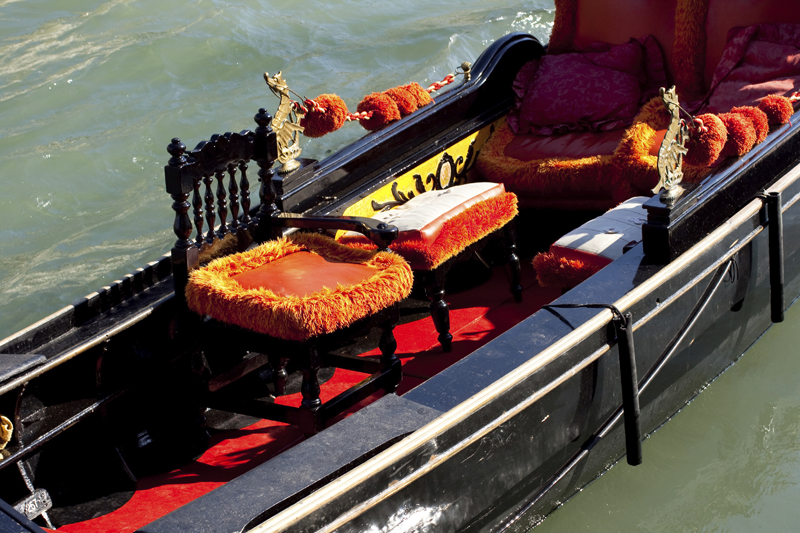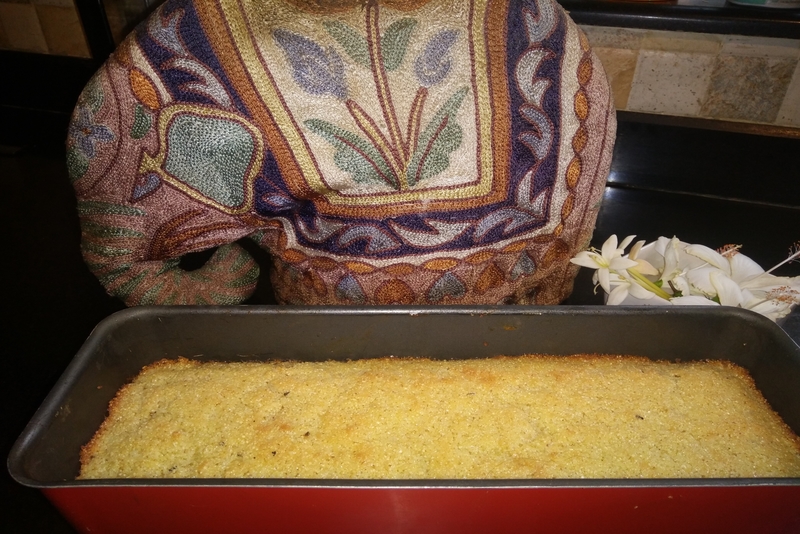A glimpse of Old Pompeii, in Italy

How can you visit Italy and not go to see Pompeii? On the Circumvesuviana Napoli-Sorrento line it takes 30 to 40 minutes to get to Pompeii from either Naples or Sorrento. Then leave your bags at the station, for €1,50 , or leave them for free at the ruins. The entrance to Pompeii is about 50m away from the station and there's a Tourist Information office further down the street. If you get off at "Pompei Sanctuario," instead of "Pompei Scavi," the walk through town is not very far; it's tiring but ever so worthwhile.
A UNESCO world heritage site, Pompeii's history reads like a Greek tragedy where settlers originally flocked to the site of the Roman port city because of its fertile soil—the product of volcanic ash from nearby Mount Vesuvius. Yet sadly for the inhabitants, that very same volcano erupted and killed all the inhabitants in A.D. 79.
Preserved under the volcanic ash from Mount Vesuvius are the everyday goings-on of ancient Roman life The city of Pompeii was an ancient Roman town-city near modern Naples. Its major attraction is the ruined ancient Roman city of the same name, which was engulfed by Mt. Vesuvius in AD 79.
One can only walk around the city, and the surfaces make them rather difficult and quite exhausting, especially in the heat of summer with loads of fellow tourists about. Everyone will be walking on cobblestones and uneven ground. The temperature is between 32 and 35c in the summer. Make sure to take plenty of water and watch your step as the old roads have grooves in them where the carts ran. It is advisable to wear tough trainers with socks, sunscreen and hats. There is a lot to look at and it could take all day to see everything.
Look for the freshly pressed orange and lemon juices, which are fantastic especially in the heat, though slightly pricey (€ 3.00 for a glass). You can get a very good panino (filled bread roll) from some of the stands.
Pompeii is an excavation site and outdoor museum of the ancient Roman settlement. This site is considered to be one of the few sites where an ancient city has been preserved in detail - everything from jars and tables to paintings and people was frozen in time, and an unprecedented opportunity to see how the people lived two thousand years ago.
But for archaeologists and present-day visitors, the real thrill of Pompeii is that the most mundane aspects of ancient Roman life have been preserved for centuries beneath fine-grained volcanic ash. Graffiti still covers walls; some of the excavated bakeries had bread loaves in their ovens. Visitors to the city can tour homes such as the House of the Vettii—a residence of wealthy merchants, with walls adorned with frescoes depicting scenes from classical mythology.
Among the most moving sights is the Garden of the Fugitives, which displays plaster casts of some of the victims in their final moments of life. "It adds an extra dimension to Pompeii," says, an archaeologist, who has conducted research at the site since 1994. "It creates a sense of intimacy, a connection to the people who lived there."
Places to visit are the Amphitheatre, which could hold about 20,000 people. It is the earliest surviving permanent amphitheatre in Italy and one of the best preserved anywhere. It was used for gladiator battles, other sports and spectacles involving wild animals. The Great Palaestra (Gymnasium) is opposite the Amphitheatre. The central area was used for sporting activities and there was a pool in the middle. On three sides are lengthy internal porticos or colonnades.
A visit to the House of the Vettii which is believed to have been the home of two brothers who were freed slaves and became very affluent. It contains many frescoes of mythological characters. The House of the Faun, is named after a statue of a dancing faun found on the site. It is considered to be an excellent example of the fusion of Italian and Greek architectural styles.
A must see too is the Temple of Apollo and the Theatre, built in the hollow of a hill for acoustic advantage; it seated 5,000 people per show.
A UNESCO world heritage site, Pompeii's history reads like a Greek tragedy where settlers originally flocked to the site of the Roman port city because of its fertile soil—the product of volcanic ash from nearby Mount Vesuvius. Yet sadly for the inhabitants, that very same volcano erupted and killed all the inhabitants in A.D. 79.
Preserved under the volcanic ash from Mount Vesuvius are the everyday goings-on of ancient Roman life The city of Pompeii was an ancient Roman town-city near modern Naples. Its major attraction is the ruined ancient Roman city of the same name, which was engulfed by Mt. Vesuvius in AD 79.
One can only walk around the city, and the surfaces make them rather difficult and quite exhausting, especially in the heat of summer with loads of fellow tourists about. Everyone will be walking on cobblestones and uneven ground. The temperature is between 32 and 35c in the summer. Make sure to take plenty of water and watch your step as the old roads have grooves in them where the carts ran. It is advisable to wear tough trainers with socks, sunscreen and hats. There is a lot to look at and it could take all day to see everything.
Look for the freshly pressed orange and lemon juices, which are fantastic especially in the heat, though slightly pricey (€ 3.00 for a glass). You can get a very good panino (filled bread roll) from some of the stands.
Pompeii is an excavation site and outdoor museum of the ancient Roman settlement. This site is considered to be one of the few sites where an ancient city has been preserved in detail - everything from jars and tables to paintings and people was frozen in time, and an unprecedented opportunity to see how the people lived two thousand years ago.
But for archaeologists and present-day visitors, the real thrill of Pompeii is that the most mundane aspects of ancient Roman life have been preserved for centuries beneath fine-grained volcanic ash. Graffiti still covers walls; some of the excavated bakeries had bread loaves in their ovens. Visitors to the city can tour homes such as the House of the Vettii—a residence of wealthy merchants, with walls adorned with frescoes depicting scenes from classical mythology.
Among the most moving sights is the Garden of the Fugitives, which displays plaster casts of some of the victims in their final moments of life. "It adds an extra dimension to Pompeii," says, an archaeologist, who has conducted research at the site since 1994. "It creates a sense of intimacy, a connection to the people who lived there."
Places to visit are the Amphitheatre, which could hold about 20,000 people. It is the earliest surviving permanent amphitheatre in Italy and one of the best preserved anywhere. It was used for gladiator battles, other sports and spectacles involving wild animals. The Great Palaestra (Gymnasium) is opposite the Amphitheatre. The central area was used for sporting activities and there was a pool in the middle. On three sides are lengthy internal porticos or colonnades.
A visit to the House of the Vettii which is believed to have been the home of two brothers who were freed slaves and became very affluent. It contains many frescoes of mythological characters. The House of the Faun, is named after a statue of a dancing faun found on the site. It is considered to be an excellent example of the fusion of Italian and Greek architectural styles.
A must see too is the Temple of Apollo and the Theatre, built in the hollow of a hill for acoustic advantage; it seated 5,000 people per show.

Related Articles
Editor's Picks Articles
Top Ten Articles
Previous Features
Site Map
Content copyright © 2023 by Marianne de Nazareth. All rights reserved.
This content was written by Marianne de Nazareth. If you wish to use this content in any manner, you need written permission. Contact Marianne de Nazareth for details.





 -resizeimage.jpg.jpg)

